








Welcome to ‘Our Council’, our new quarterly publication, bringing you news of what’s been happening across Hornsby Shire. From projects, services and initiatives to environmental news and useful tips and tricks, we hope you find it interesting and informative.
In this digital age, you may be curious about why we are bringing you a printed publication. However, as a diverse and inclusive community, it’s important that we reach all our residents, not just those who regularly use social media. We’re also aware that with the constant barrage of messages being delivered online, it can be easy to miss important news.
As your Council, we are here to serve you, and all our decisions are underpinned by the engagement we have with our residents. The community’s long-term vision for the Shire is outlined in ‘Your Vision, Your Future 2032’ the Community Strategic Plan. It identifies the main priorities and aspirations for the future of Hornsby Shire. How we will deliver this vision is outlined in the 2023-2026 Delivery Program including the Operational Plan 2023/24, which demonstrates how we will deliver tangible results for our community. Both of these documents are available to read at hornsby.nsw.gov.au.
Following the challenges of recent years, our key priorities are to remain financially strong, preserve our precious bushland and our heritage as the Bushland Shire, and to build a resilient Shire, well prepared for our growing population. As we plan for the Hornsby of the future, one of our challenges is to ensure our infrastructure is of a standard that our growing community deserves.
This financial year, we will spend just over $90 million on capital projects, largely funded by external grants and developer contributions. Key initiatives for the coming year include improvements to local roads, footpaths, drainage and traffic facilities. There will be upgrades to parks, sporting facilities, bushland and waterways. You can read more about what we have delivered for the community this year on page 10.
Over the next 12 months, we will also progress our major projects at Hornsby and Westleigh Parks, which are set to become the go-to leisure destinations on the North Shore. Read more about these exciting projects on pages 2-3.
Spring is when Hornsby Shire bursts into life and is the perfect time to enjoy the abundance of natural beauty on our doorstep. I hope you take the opportunity to venture out to some of the parks and waterways showcased in this magazine to remind yourself why our Hornsby Shire is so unique and special.
Philip Ruddock AO Mayor, Hornsby Shire Council
AS YOUR COUNCIL, WE ARE HERE TO SERVE YOU, AND ALL OUR DECISIONS ARE UNDERPINNED BY THE ENGAGEMENT WE HAVE WITH OUR RESIDENTS.
WELCOME TO ‘OUR COUNCIL’, OUR NEW QUARTERLY PUBLICATION, BRINGING YOU NEWS OF WHAT’S BEEN HAPPENING ACROSS HORNSBY SHIRE.
We are redeveloping the abandoned Hornsby Quarry, approximately 1km west of the Hornsby Town Centre, and transforming the site into a major new parkland with open space for recreation and entertainment for everyone to enjoy.
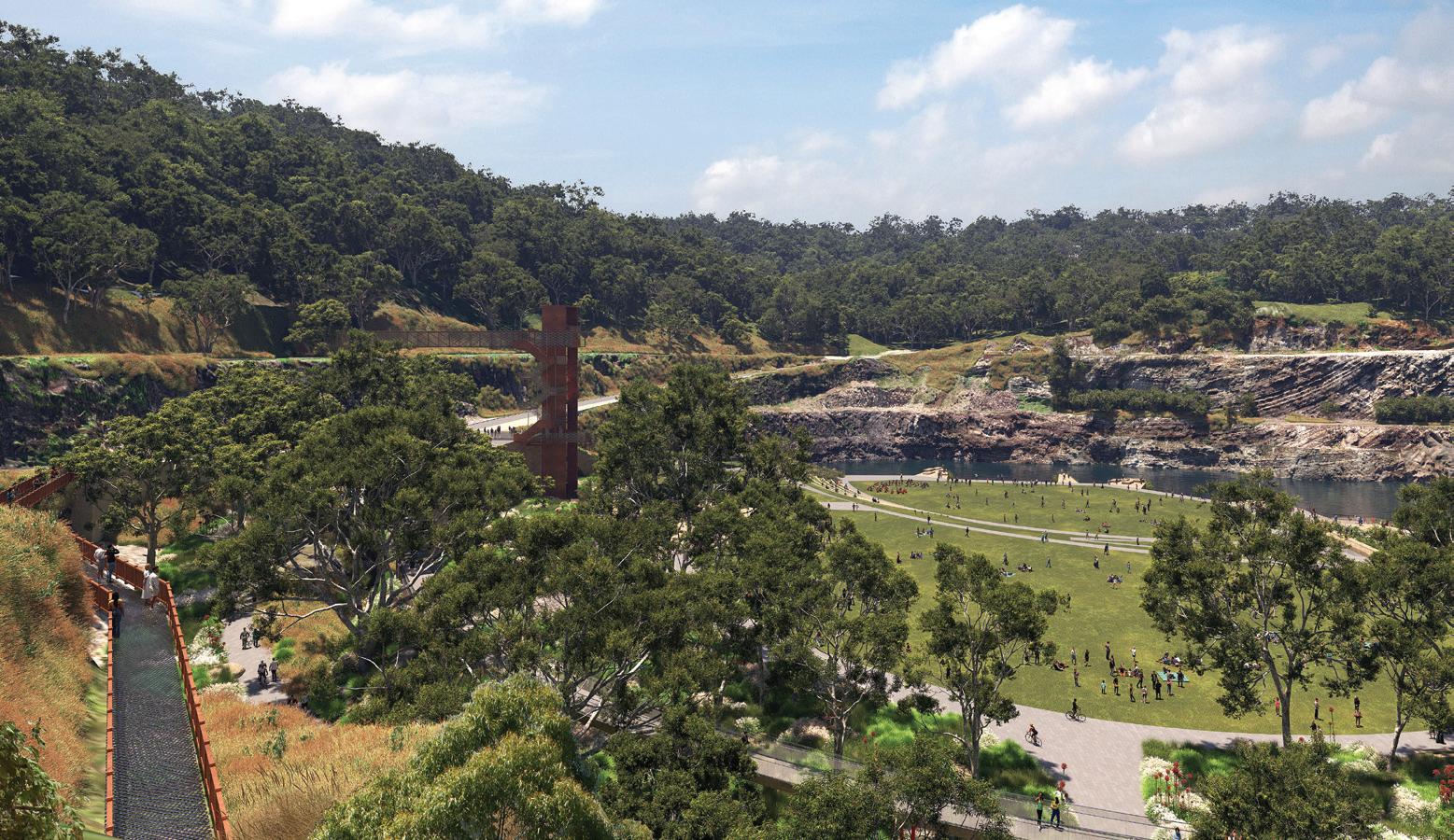
The rehabilitation of the old quarry is the largest single project ever undertaken by Hornsby Shire Council. It is part funded by the NSW Government and by development contributions.
Since the site was handed back from NorthConnex in late 2019, we have been working hard behind the scenes to re-shape and stabilise it to make it safe for the many different activities planned for the new parkland. We have been building access tracks, a drainage system and retaining walls. We have also been working to stabilise the quarry walls, and have started to regenerate the site.
In 2021, a Masterplan was adopted detailing how the new, major recreation hub will be delivered in stages. In the first stage, we will develop the area around the Crusher Plant with a lookout, a lawn, barbeque facilities, car park and toilets. Plans also include additional bushwalking tracks and trails leading to two more lookouts to the west and north-west of the site.
To keep up to date with this project, scan the QR code or visit hornsbypark.com.au

Between 2017 and 2019, 1.2 million cubic metres of soil from NorthConnex were brought to the site to partially fill the quarry void – that’s 480 swimming pools full!
In Westleigh, we are creating a major parkland while conserving important bushland areas. The new park will feature spaces for play and sporting activities as well as a choice of mountain biking, walking and cycling.
We purchased the land along the eastern side of Quarter Sessions Road in June 2016 with funding from development contributions. Formerly owned by Sydney Water, the site for the new Westleigh Park comprises about 36 hectares of cleared open space and bushland.
The Westleigh Park project is partly funded by the NSW Stronger Communities grant. Throughout the project, we have worked hard to balance the needs and views of a range of community stakeholders. It is anticipated that Stage 1 will open to the public in 2026.
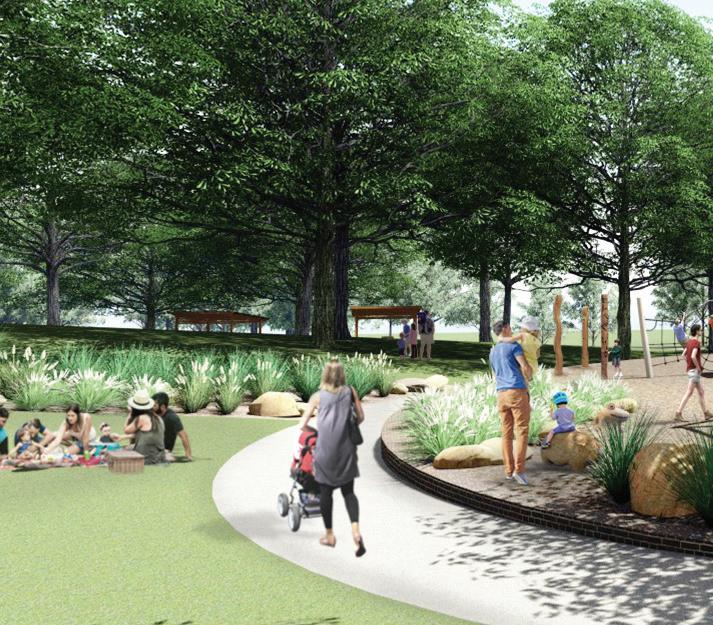
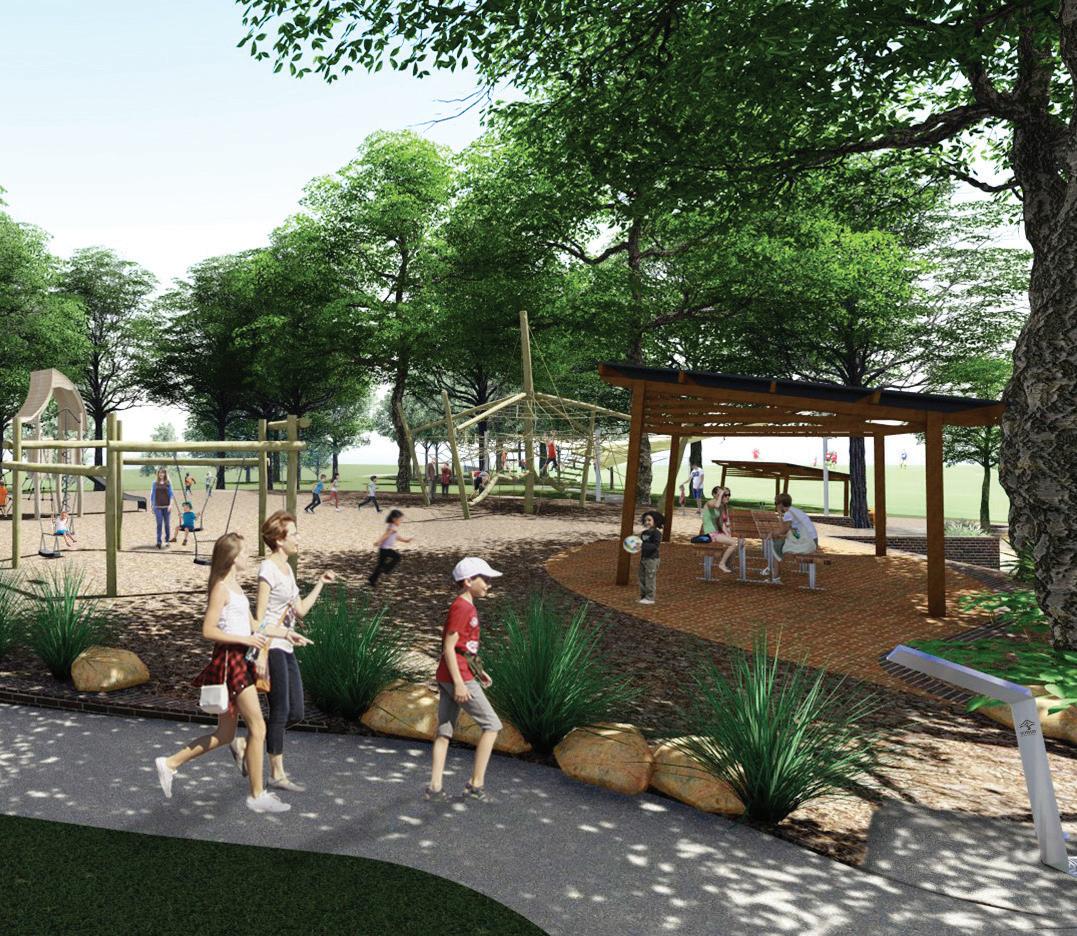
To keep up to date with the Westleigh Park project, visit hornsby.nsw.gov.au/westleighpark

SPACES FOR PLAY AND SPORTING ACTIVITIES AS WELL AS A CHOICE OF MOUNTAIN BIKING, WALKING AND CYCLINGArtist impression Artist impression Artist impression
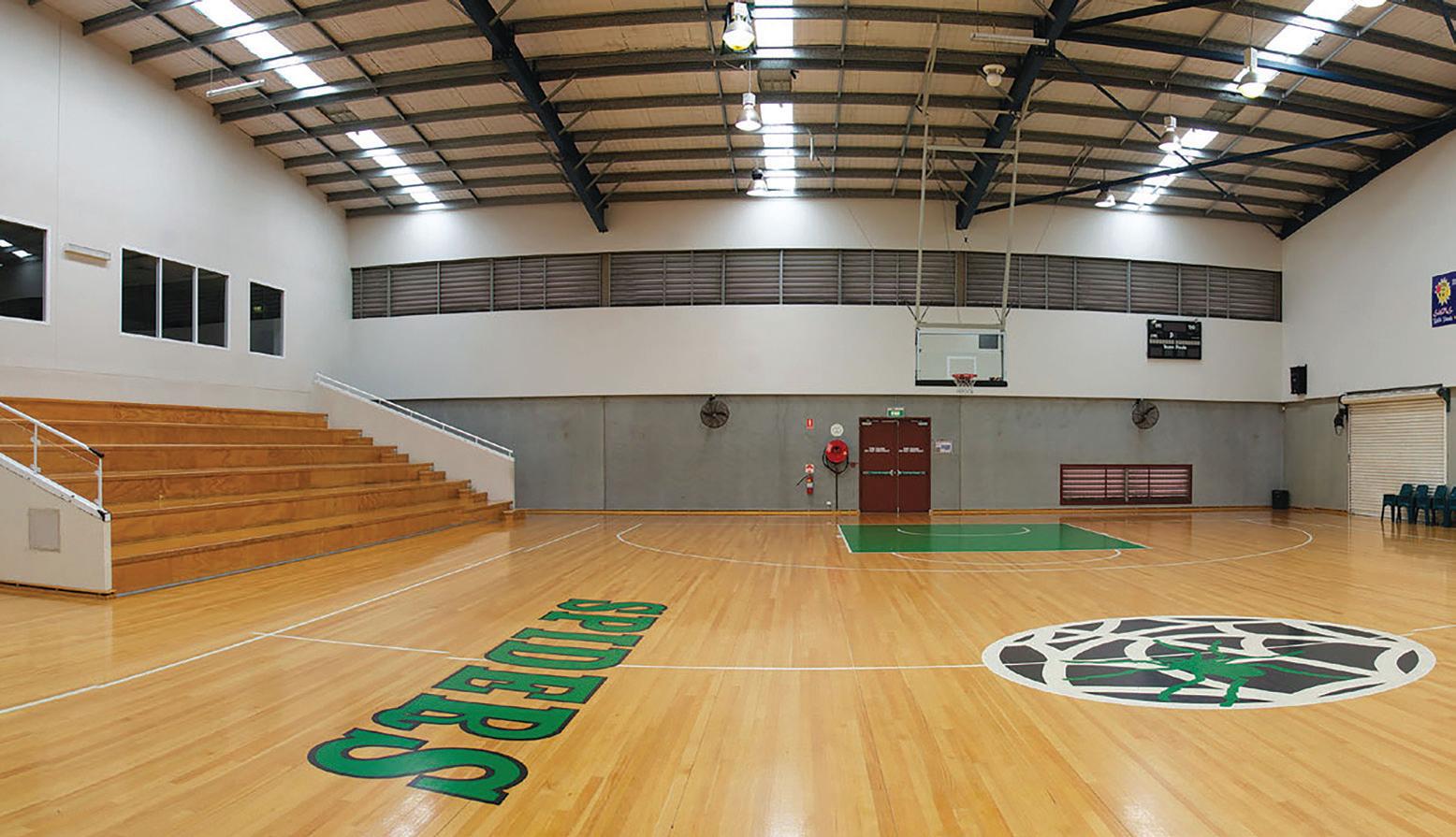
In October, Thornleigh’s Brickpit Stadium celebrates its 20th birthday, but its history goes back a lot further.
The land around Thornleigh was first settled in approximately 1816 by convict timber getters who provided timber for Governor Macquarie’s building schemes. During this initial period of settlement, no buildings were built of brick because timber was still in good supply. The first known brick building was Hornsby Public School built in 1873, with bricks made at Enfield.
More brick structures were built during 1884 along the Homebush to Waratah railway line. As more new villages opened along the train lines, bricks were needed for station buildings, over bridges and culverts.
The 1900 electoral roll of Thornleigh revealed that 35 per cent of the voters were labourers. Consequently, when it was announced in late 1901 that a brick manufacturing works was to start operations at Thornleigh, the announcement was greeted with much enthusiasm.
The National Brickworks started at Thornleigh in 1901, with open kilns which fired bricks made of clay dug from a pit on the site. In June 1903, the new sixteen chamber kiln and stack were complete, and the kiln was opened when the builder’s daughter laid the final brick on the top of its 45m high chimney stack. It had a weekly output of 140,000 bricks.
In 1907, a second kiln was completed and the brickpit had reached a depth of 20m. Employees originally lived on site in company housing, but as the pit expanded, these houses had to be removed.
The Brickpit todayIn the 1960s the brickworks were refitted, with steel structures replacing wooden ones, and gas was used to fire the kilns replacing coal. The brickpit had grown to more than 200m wide and 90m deep and shale was running short. The last bricks were fired in 1975 and the works were closed down.
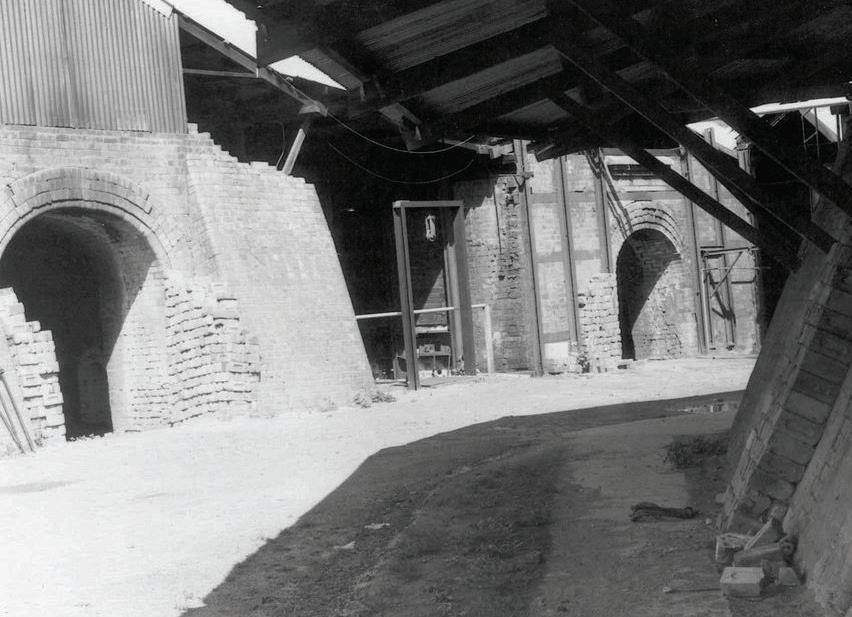
By 1978, plans were announced to turn the pit into a rubbish tip. A year later, demolition commenced, with the stacks being dynamited to the delight of spectators. In 1981, the pit was converted to a landfill site, which closed in 1985. Gas burners were installed to burn off the methane gas generated by the rotting garbage, and Brickpit Park was opened on the site in 2006.


Fast forward 20 years, and Brickpit Stadium today is one of the major indoor sports stadiums within Hornsby Shire. Home to basketball, volleyball, table tennis and even a bridge club, the Brickpit hosts over 2,300 groups of residents of all ages a year. From toddlers trying soccer for the first time to seniors playing table tennis and local schools, it plays an important role in the lives of the whole community.
The Hornsby Shire Recollects database is a rich source of online historic materials about Hornsby Shire. It contains more than 3,000 items including old photos, documents and newspaper clippings from across the centuries. Visit hornsbyshirerecollects.com.au
 Happy birthday Brickpit!
Happy birthday Brickpit!
Spring is the perfect time of the year to declutter, donate items, attend a car boot sale, or simply consider repairing items.
If you’re clearing out your wardrobe, remember unwanted clothing and accessories don’t have to go to waste, they can be given a new lease of life and kept out of landfill.
Some great options for disposing of your unwanted clothing include:
Selling online
Holding a clothing swap

Donating to a local charity store (please check first if they have capacity)
Our Thornleigh Community Recycling Centre also accepts unwanted clothing, hats, belts, shoes, bags, linen and towels. Items must be clean, usable and in good condition. However, there’s a few things we can’t currently accept, including:
Household textiles such as rugs, curtains, pillows, doonas and stuffed toys
Socks or underwear
Dirty, soiled, ripped, or damaged items
For more information on disposal and recycling of clothing in Hornsby Shire, visit hornsby.nsw.gov.au/waste
We provide waste and recycling services to more than 150,000 residents in around 50,000 households – this equates to approximately 4.2 million wheelie bin collections per year!
It takes a fleet of 30 trucks to collect our Shire’s waste each week.
If your red, yellow or green lidded bins are damaged, they can be repaired or replaced for free. For assistance, call our Waste team on 13 70 30.
Hornsby Shire Council manages approximately 650 kilometres of roads, similar in distance from Sydney to Grafton, with approximately 4 million square metres of surface.
The recent extreme weather events of 2022 were the wettest period on record. In the 2022/23 financial year, we repaired 2,550 potholes which cost $268,000. We helped prevent further flooding by clearing 137 blocked drains on our roads.
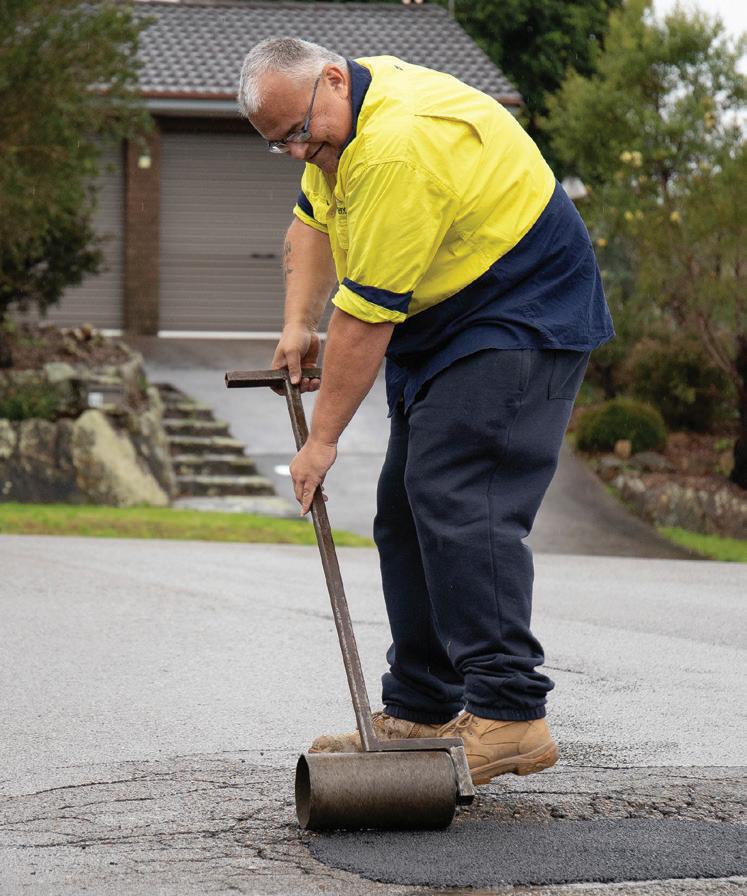
The incessant rain posed significant problems in responding to potholes. Our focus was to make the roads safe for residents – but no sooner were potholes repaired than rain washed the repairs away, that’s why it often took several attempts to fix the same pothole.
We have 160 kilometres of rural road and although most of these roads now have an asphalt seal, it is only a seal on a dirt road.
These rural roads are not fully engineered to the same standards as you would see in metropolitan areas. The rural roads are therefore more susceptible to road failure during wet weather.
To re-engineer the rural roads to a more resilient standard would take hundreds of millions of dollars in Hornsby Shire alone. Repairing potholes is just a band aid – significant money needs to be spent on addressing major road failures. Some of the worst affected roads were:
Bay Road, Arcadia
Cobah Road, Fiddletown
Singleton Road, Wisemans Ferry
Canoelands Road, Canoelands
Munros Lane, Glenorie
Last financial year, we spent over $4 million to repair 51,000 square metres of road surface damaged by the floods. Of this, $2.1 million was from our own budgets which repaired 26,000 square metres.
We joined with The Hills Shire and Hawkesbury City Councils to advocate to the NSW Government for additional funding to repair roads damaged in the storms and received $6.49 million.
By June, we had spent $2.02 million of this flood grant money repairing a further 25,000 square metres and will continue to roll out the repair program this financial year.
No matter where you live in Hornsby Shire you live in a stormwater drainage catchment and everyone’s actions contribute to the overall health of these catchments.
The rainwater that runs off our roofs, roads and footpaths, along with the stormwater, flows into the local waterways which then move into the Hawkesbury estuary at the bottom of the catchment.
Some of our catchments are still in a relatively natural state, while others have been heavily developed, with natural creek lines replaced by concrete channels to control flooding.
Hornsby Shire is lucky to have expansive bushland, wetlands and creeks that provide our community with important ecological, recreational, economic and social benefits.
The best way to protect our creeks and waterways from pollution is to prevent it at the source! While many of us think first of industries dumping chemicals as the source of water pollution, the truth is our water can also be harmed by things that we do every day at our homes. When it rains, water washes over lawns, footpaths and streets. In addition to litter, this water picks up chemicals found in lawn fertilisers, bacteria found in pet waste and oil from cars. This polluted water then enters roadside ditches and the storm drains found in our streets, and large pipes connect the storm drains to the closest lake or stream.
We all live in a catchment and are connected to local waterways. We might not be able to see it from our window, but it’s there. It might be a small creek or swale, or even the stormwater drains in the street; all these lead to either Sydney Harbour or the mighty Hawkesbury River.
Install efficient fixtures, appliances and systems, throughout your property.
Use rainwater and / or greywater in preference to drinking water for toilet flushing, laundry and irrigation where appropriate.
Minimise the volume of external water features and pools. Reuse water in water features and utilise pool covers.
Sweep gutters and driveways instead of hosing.
Wash your vehicle on the grass, not on the road, then pour any leftover soapy water on the lawn. Or go to a car wash.
Rake up grass clippings and place them in the green waste bin.
Clean water-based paintbrushes over soil or in a sink connected to the sewerage system.
Put cigarette butts in the bin.
Take plastic bags with you when walking the dog.
Recycle plastic bottles, cans and bags.
Capture sediment before it enters drains.
Report stormwater pollution to Environmental Protection Authority, Sydney Water or your local council.
A catchment is an area of land over which water flows and eventually is collected at the lowest point. Most of our sub-catchments drain into the Hawkesbury estuary, except for a few of the sub-catchments in the Lane Cove catchment area that drain into Sydney Harbour.
Rich in Aboriginal and European history, this uninhabited island makes for an interesting and worthwhile day trip. Accessible only by boat, Bar Island is located off Fishermans Point at the mouth of Berowra Creek and the Marramarra Creek, at their junction with the Hawkesbury River. As a location of profound cultural significance, its location suggests it may have once served as a place of meeting and shared resource for the Darug, GuriNgai and Darkinjung language groups. Among the historic sites is a large midden to the north of the island, as well as relics of a church, cemetery, cottage and jetty.
Berowra Waters is among Hornsby Shire’s most beautiful (and hidden away) areas, perfect for anyone who wants to escape the rush of everyday life. Surrounded by stunning Berowra Valley National Park, the region has beautiful natural scenery to enjoy, a range of bushwalks, great spots to go fishing and many other attractions. It is ideally situated for easy boating access to many waterways including Berowra Creek, Pittwater, Cowan Creek and the Hawkesbury.
Brooklyn is one of the iconic, unique suburbs in Sydney with a combination of fabulous waterside views and charming local culture and eateries. One of the highlights is McKell Park, which overlooks the Hawkesbury River and has picnic shelters, electric barbeques and a children’s playground. There are several beautiful bush walks including the Brooklyn to Cowan section of the Great North Walk, an ocean pool for a quick dip or take a trip on the iconic Riverboat Postman and visit the boat access only islands of the Hawkesbury.
As part of the stunning Crossland Reserve, set in the Berowra Valley National Park, the Crosslands swimming hole is a tidal, sand-bottomed stretch of river on Berowra Creek, on the upper reaches of the Hawkesbury Inlet. Grab your kayak and enjoy a picnic on the side of the river with a game of cricket, or even camp overnight. A perfect destination for all of the family.
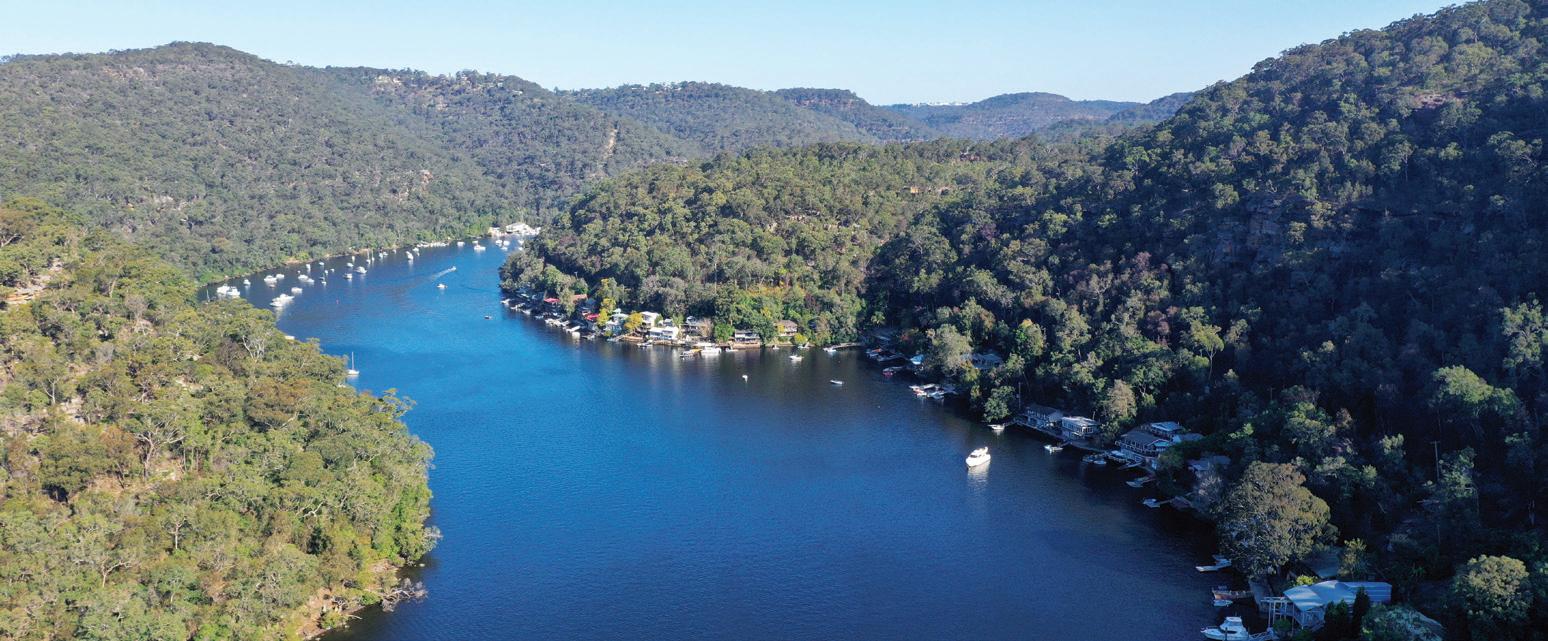
Dangar Island is rich in indigenous, colonial and natural history. Home to several hundred residents, it is one of the few Sydney suburbs without cars. Beautiful parklands, beaches, natural bushland and spectacular scenery make this a unique and fun day out. Take a stroll around the island, visit Kiparra Park, where there is still evidence of Aboriginal habitation such as rock shelters, and have a picnic at the glorious Bradleys Beach or in the centre of the island next to the Bowling Club. Ferries to Dangar Island leave from the Brooklyn wharf, and water taxis are also available.
The Wisemans Ferry settlement is located in the heart of the Hawkesbury River, surrounded by beautiful national parks. With a combination of indigenous and colonial history including 16 kilometres of the convict built Old Great North Road, Wisemans Ferry Park is a superb location for picnics, with a children’s playground, walking tracks, public toilets, kiosk and an on-leash dog area. The area is a favourite for water skiing, fishing and bushwalking. Two vehicle ferry services cross the river and there is a public boat ramp.
To learn more, scan the QR code or visit discoverhornsby.com

Across the Shire, we’ve been working hard to deliver many new services and facilities for the community using a combination of rates, development contributions and grants from the NSW Government. Here’s a snapshot of some of the many tangible examples of improvements we’ve made to your local suburbs.
1. Wisemans Ferry: boat ramp, parking and new amenities
2. Arcadia and Fiddletown: storm damaged roads fixed
3. McKell Park, Brooklyn: new accessible path
4. Warrina Street Oval, Berowra: new playground
5. Hunt Reserve, Mount Colah: new dog park
6. Pyes Creek: new swing bridge connecting Cherrybrook with Dural
7. Mark Taylor Oval, Waitara: sports facility upgrades
8. Westleigh: learn to ride track and other upgrades at Ruddock Park. New viewing platform at Quarter Sessions Road
9. Normanhurst Oval and Headen Park, Thornleigh: new drainage systems
10. Cherrybrook: new lights installed at Greenway Park, and a new playground at the Lakes of Cherrybrook
For information about what’s coming in the next financial year, be sure to read the 2023-2026 Delivery Program including the Operational Plan 2023/24 at hornsby.nsw.gov.au/dpop
At the start of each winter sports season, Council staff apply 50km of line marking, using up to 1,000L of ecofriendly paint, cover and turf 18 cricket wickets and install 55 pairs of goal posts.
We want to connect you with projects that matter to you. Your Say Hornsby is a website dedicated to all the projects that require input from the community. Ranging from detailed studies, strategies and planning processes through to changes to parking arrangements, road reconstructions and masterplans. It’s important that you feel involved and educated in the decisions that are made by Council.
To learn more, scan the QR code and sign up to Your Say, or visit yoursay.hornsby.nsw.gov.au

In the last year, the website has achieved:
Your Say Hornsby is just one of the ways you can contribute to our decisions. Other ways you can get involved include:
Talking to a Councillor
Joining an advisory group
Attending a Council meeting
Speaking at a Council meeting
Staying up to date by following our social media and subscribing to our eNewsletters
Page views
Project followers
Projects engaged with
The weather is starting to warm up and that means bush fire season is just around the corner. In Hornsby Shire, two-thirds of all properties are within 350m of bushland reserves and National Parks. That means a heightened risk from bush fire.

What would you and your family do if the bushland near your home caught fire? Would you leave early, or stay and defend? Leaving early is your safest choice but where will you go? What can you do now to improve the chances of your home surviving the bush fire, including ember attack?
There are many questions to consider and the more prepared you are, the less scared you will be when the worst happens.
We have rounded up all the relevant bush fire resources and preparation advice specifically useful for the Hornsby Shire area, to develop a Bush Fire Aware Hub. Think of it as your one-stop-shop for bush fire preparedness.
Don’t believe in luck – believe in preparation, visit hornsby.nsw.gov.au/bushfireaware
Now is a great time to start on any of these ideas from our friends at RFS.
Replace wood fences with metal fences.
Use stones instead of mulch.
Repair damaged or missing tiles on roof.
Install metal gutter guards.
Position gas cylinders on side of house and away from trees and gardens, direct any pressure valves away from house.
Install metal fly screens on all windows and vents.
Move garden beds away from house.
Install a fire sprinkler system to gutters.
If you have a pool, tank or dam, put a Static Water Supply (SWS) sign on your property entrance, so firefighters know where they can get water.
Ember attack is the cause of 80% of homes lost in bush fires. Under certain conditions embers can cause ignitions up to 20kms in front of the main fire.




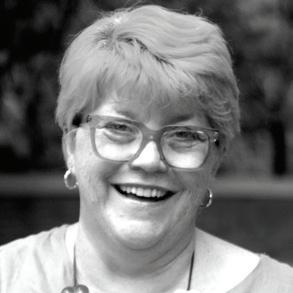




The Honourable Philip Ruddock AO (02) 9847 6666 pruddock@hornsby.nsw.gov.au
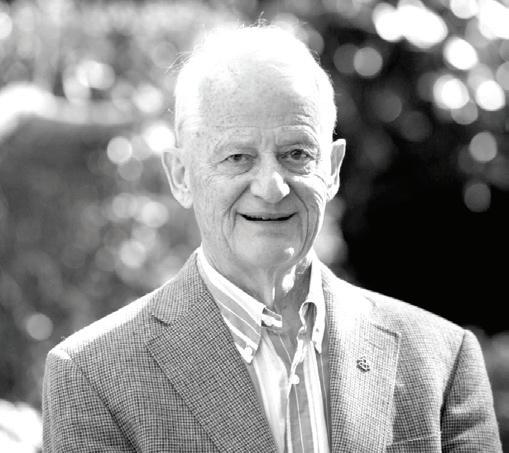
Cr Tania Salitra 0435 434 233 tsalitra@hornsby.nsw.gov.au
Cr Nathan Tilbury 0403 227 560 ntilbury@hornsby.nsw.gov.au
Cr Warren Waddell 0499 004 861 wwaddell@hornsby.nsw.gov.au
Cr Monika Ball 0468 374 611 mball@hornsby.nsw.gov.au
Cr Sallianne McClelland 0418 554 238 smcclelland@hornsby.nsw.gov.au
Cr Janelle McIntosh 0413 251 055 jmcintosh@hornsby.nsw.gov.au
Cr Verity Greenwood 0420 960 250 vgreenwood@hornsby.nsw.gov.au
Cr Emma Heyde 0403 589 722 eheyde@hornsby.nsw.gov.au
Cr Sreeni Pillamarri 0499 116 664 spillamarri@hornsby.nsw.gov.au
Council recognises the Traditional Owners of the lands of Hornsby Shire, the Darug and GuriNgai peoples, and pays respect to their Ancestors and Elders past and present and to their Heritage.
We acknowledge and uphold their intrinsic connections and continuing relationships to Country.
‘Our Council’ is a Hornsby Shire Council publication. Send us your feedback or suggestions for stories to: media@hornsby.nsw.gov.au
Subscribe to our free monthly eNews: hornsby.nsw.gov.au/enews

Hornsby Shire Council
PO Box 37, Hornsby NSW 1630
Phone: 9847 6666
Fax: (02) 9847 6999
Email: hsc@hornsby.nsw.gov.au
Customer service (telephone and online) hours: 8.30am–5pm Monday to Friday (excluding public holidays) In person: Customer Enquiries counter is located inside Hornsby Library, 28-44 George Street, Hornsby hornsby.nsw.gov.au
This publication is printed on Supreme Uncoated Forest Stewardship Council (FSC) certified paper using vegetable oil based inks and an alcohol-free ISO 14001 certified printing process.